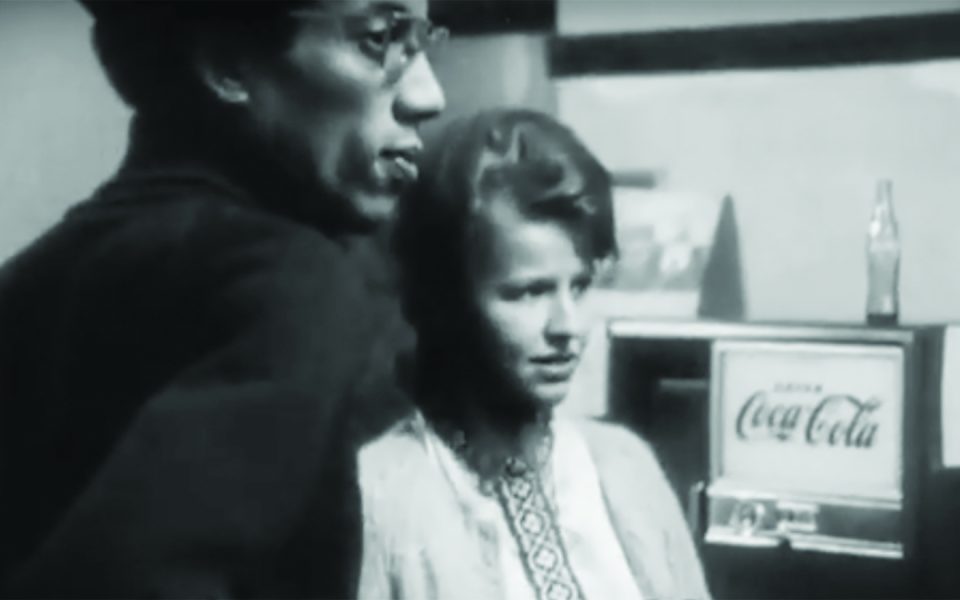Almost an accident, the narrator-less documentary American Revolution II came about when a group of videographers who mostly made commercials trained their cameras on the mayhem that erupted in August 1968, when the Chicago police rioted against protesters at the Democratic National Convention. But the film, which came out the following year, is not really about the convention.
After the delegates go home, the film crew ventures into the Southside, where the Black Panther Party is organizing, and then across the city to Uptown, another kind of ghetto where Appalachian migrants are fighting the same battles against police brutality, substandard housing and an urban renewal program imposed on them without their participation.
In our current moment of seething discontent, the intersectional themes of race and class in American Revolution II seem all too relevant.
I’ve only seen parts of American Revolution II on YouTube, but two scenes capturing different community meetings, of all things, are some of the most electrifying viewing I’ve ever experienced. I could watch them over and over.
In one, Bobby Lee, a Black Panther organizer — who died earlier this year, incidentally — addresses a skeptical, even hostile white Appalachian audience in Uptown. Eventually, after much coaxing, he persuades them to talk about their experiences with police brutality, and the grievances come tumbling out. “I’m tired of it,” a white 16-year-old named Roger says. “I’m tired of them coming down the street and kicking my damn head for nothing I ain’t done.”
The second meeting, incredibly, captures a dialogue between a local police commander and the Appalachian migrants. Lee, the Black Panther organizer, asks the poor whites to enumerate their grievances while promising the police commander they’ll keep submitting them in writing until they get some resolution.
Here we learn more about Roger’s run-in with the police. He tells the commander that the cops took him into custody at a friend’s house and hauled him down to the station. “Two detectives take me out in the hall and try to make me say things that I ain’t,” he says, “and slap me because I won’t say that I ain’t something,” adding that the cops banged his head into a cinderblock wall.
The police commander keeps asking Roger what he did “that precipitated this,” as the crowd becomes increasingly angry.
“I’ll tell the complete story,” Roger says finally. “I was in a homosexual’s house watching his TV, waiting for his cousin to come back. His cousin is 17 years old, happens to be a friend of mine. He’s a homosexual. They come in and try to make me say that I’m a faggot, y’all.”
Intersectionality, indeed.
Join the First Amendment Society, a membership that goes directly to funding TCB‘s newsroom.
We believe that reporting can save the world.
The TCB First Amendment Society recognizes the vital role of a free, unfettered press with a bundling of local experiences designed to build community, and unique engagements with our newsroom that will help you understand, and shape, local journalism’s critical role in uplifting the people in our cities.
All revenue goes directly into the newsroom as reporters’ salaries and freelance commissions.


Leave a Reply